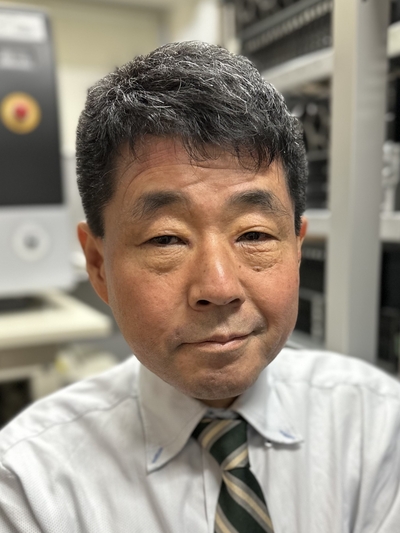How Generative AI Changes Medical Procedures?
Date: 13 June 2024 (Thursday)
Time: 10:50-11:40am HKT
Venue: Cheung On Tak Lecture Theater (LT-E), HKUST
Title: How Generative AI Changes Medical Procedures?
Speaker: Prof. Kensaku Mori, Professor, Nagoya University
Abstract
Generative AI is now rapidly changing our world. ChatGPT or similar generative AI services are widely spread across the world. Generative AI basically learns the knowledge as tremendous amounts of parameters.
Medical imaging fields are also trying to use generative AI for making advanced diagnostic assistance systems. In this talk, we will demonstrate our first AI-based colonoscopy assistance system and laparoscopic surgery assistance system. Then, we will focus on generative AI applications for medical image diagnosis assistance.
Pretrained foundation mode trained by using large-scale database will be the key model for the next generation of AI. We will introduce the nation-wide medical image database that can be used for a foundation model and is operated by our team.
Biography
Kensaku Mori received his B.S. degree in Electronics Engineering, M.S. degree in Information Engineering, and Ph.D. in Information Engineering from Nagoya University, Japan, under the supervision of Prof. Jun-ichiro Toriwaki, in 1992, 1994, and 1996 respectively. He was a research fellow of the Japanese Society for the Promotion of Science (JSPS) from 1994 to 1997, a Research Associate at the Department of Computational Science and Engineering, Nagoya University from 1997 to 2000, and an assistant professor in 2000. He served as Associate Professor at the Research Center for Advanced Waste and Emission Management of Nagoya University from 2001 to 2003.
Additionally, he was a Visiting Associate Professor at the Department of Neurosurgery, Stanford University from 2001 to 2002. He was an Associate Professor at the Graduate School of Information Science, Nagoya University from 2003 to 2009, and has been a Professor at the Information and Communications Headquarters, Nagoya University since 2009. In 2016, he became the Director of the Information Technology Center, Nagoya University, and in 2017, he was appointed as the Vice Chair of Information and Communication, Nagoya University. Since 2017, he has been a Professor at the Graduate School of Informatics, Nagoya University.
His current research interests include three-dimensional image processing, computer graphics, virtual reality, and their applications to medical imaging. Computer-aided diagnosis and surgery are his major active research fields. Recently, an AI-based colonoscope diagnosis system developed in his laboratory obtained official certification as a medical device. He has received many awards from various institutes, including the Awards for Science and Technology from the Ministry of Education, Culture, Sports, Science and Technology, and best paper awards from the Japanese Society of Medical Imaging Technology.
He served as the general chair of the 16th International Conference of Medical Image Computing and Computer Assisted Intervention (MICCAI 2013). In 2018, he was elected President of the International Society of Computer Aided Surgery (ISCAS). He was the Chair of the SPIE Medical Imaging CAD conference in 2018 and 2019. He is a member of the Institute of Electronics, Information and Communication Engineers of Japan, the Japanese Society of Biomedical Engineering, the Japanese Society of Medical Imaging Technology, MICCAI, IEEE, and SPIE. He is also an affiliate member of the Science Council of Japan.




 Facebook
Facebook LinkedIn
LinkedIn Instagram
Instagram YouTube
YouTube Contact Us
Contact Us